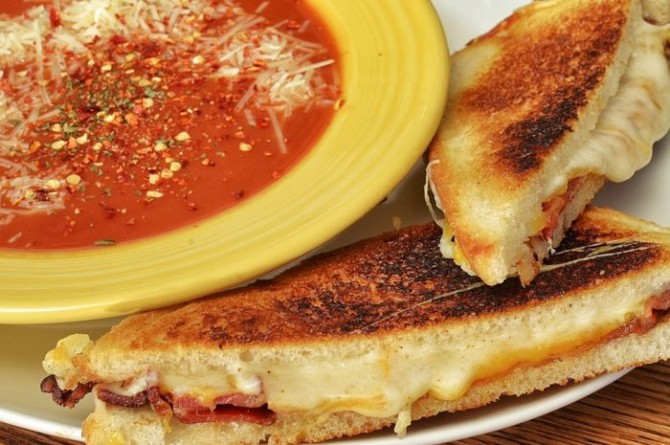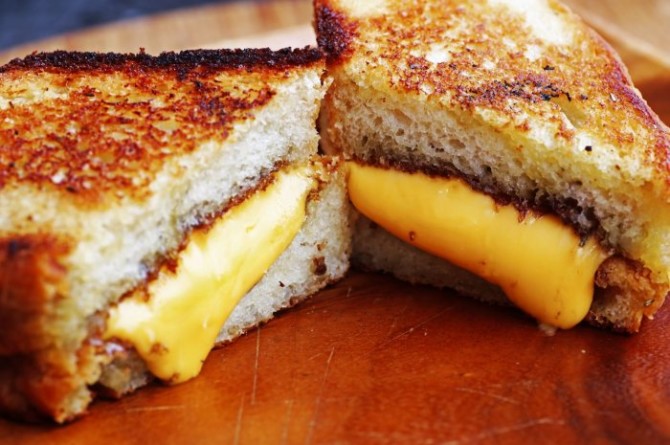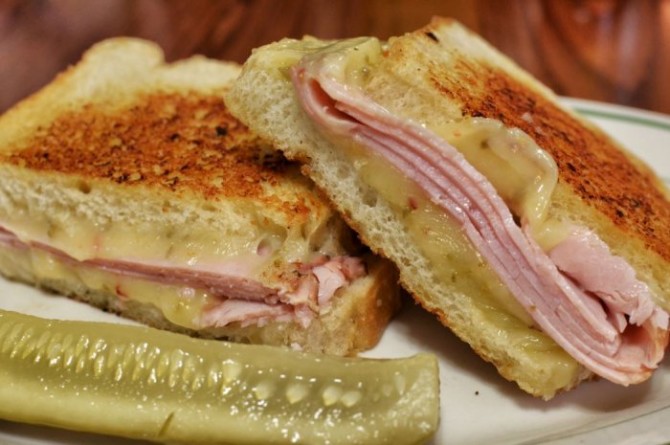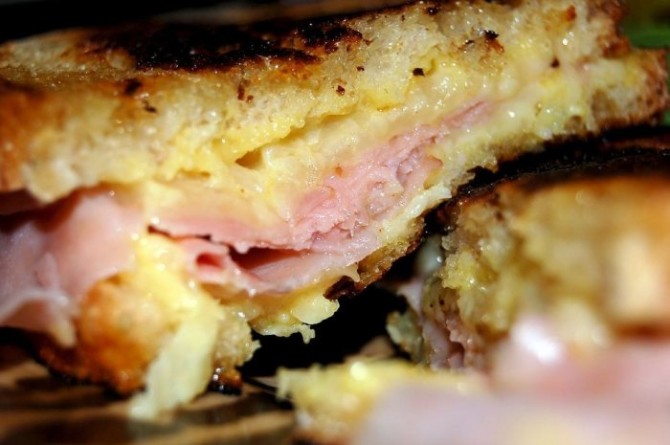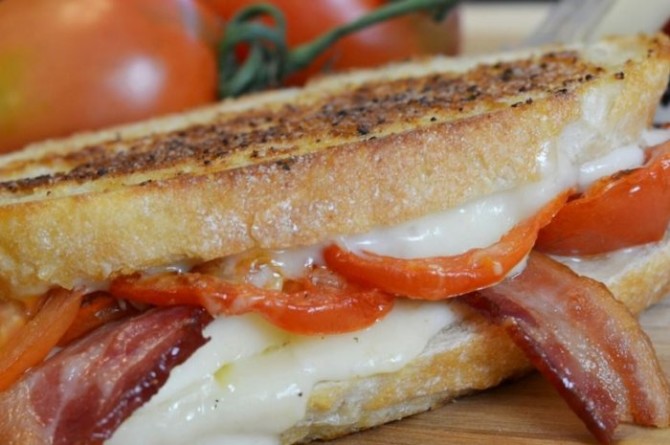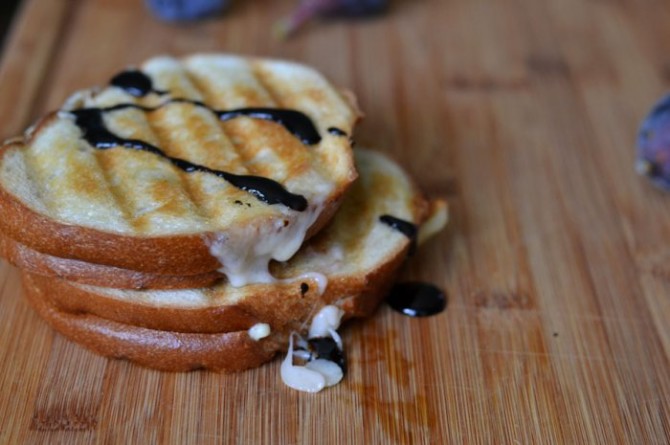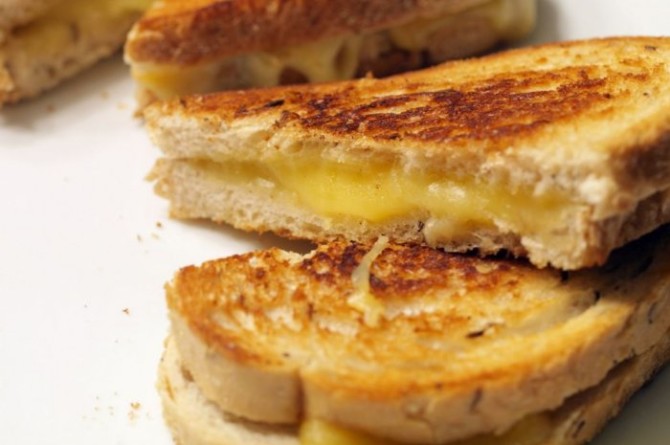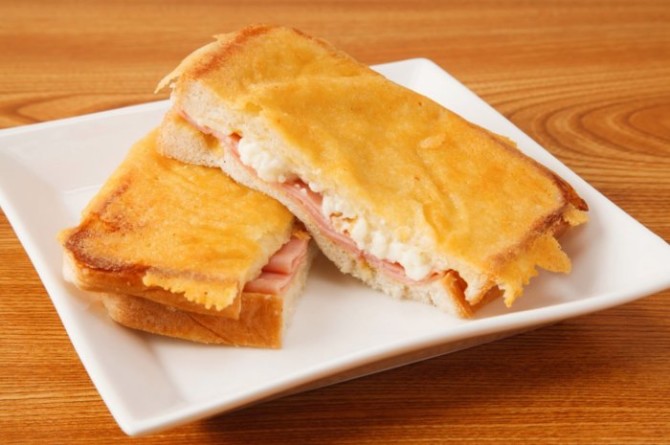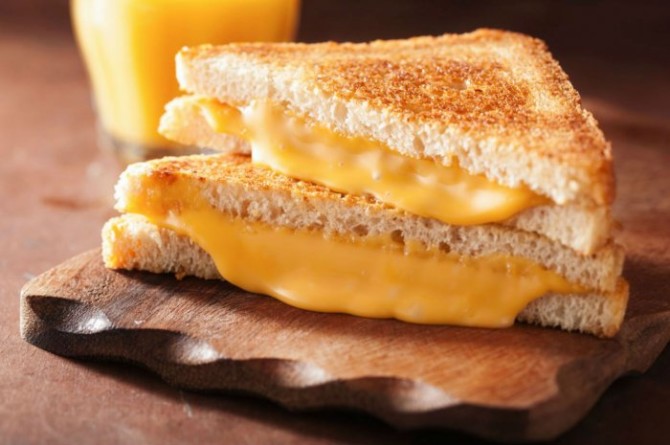When it comes to grilled cheese, does any cheese outshine American?
Grilled cheese is one of those rare foods that is both universally beloved and also incredibly easy to make. The simple act of melting cheese between two slices of buttery bread results in a whole that’s a lot better than the sum of its parts, but we tend to not give too much thought to the cheese that’s going into them. But if you’re looking to take your grilled cheese game to new heights, we suggest you try some of these other cheeses the next time around.
Just about anyone, regardless of cooking prowess, can make a grilled cheese. You butter a couple slices of bread, slap some cheese in between them, and cook it in a pan until it’s all brown and melty. While American cheese is just about everyone’s go-to, if you expand your comfort zone and get a little creative with the cheese used, you might never make a ho-hum American grilled cheese again.
There’s actually a fair amount of science behind which cheeses melt better than others. As explained in this handy video from the American Chemical Society, the melt factor of a specific cheese comes down to its pH level, or the level of acidity. Cheeses with a high pH (less acidic) tend to melt better than cheeses with a low pH (more acidic), so it can be safely said that the “sharper” a cheese tastes, the poorer a job it’ll do melting into that gooey, stretchy pool we know and love.
But a perfect grilled cheese cheese isn’t judged by meltiness alone. It needs to have a lot of flavor and a certain rich, nutty quality that makes us keep coming back for more. All of these cheeses aren’t just perfect melters, they’re also flavor bombs that will take your grilled cheese into the stratosphere. And if you want to get really advanced, try mixing two or more. And don’t forget: If it works well on grilled cheese, it’ll work really well on a burger!
11. Swiss
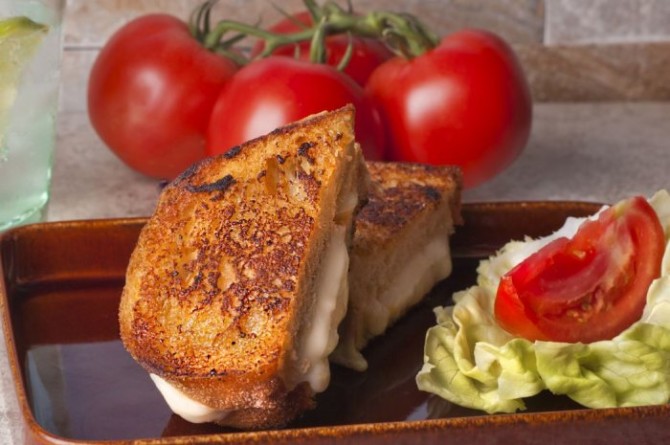
Photo courtesy of thedailymeal.com
10. Provolone
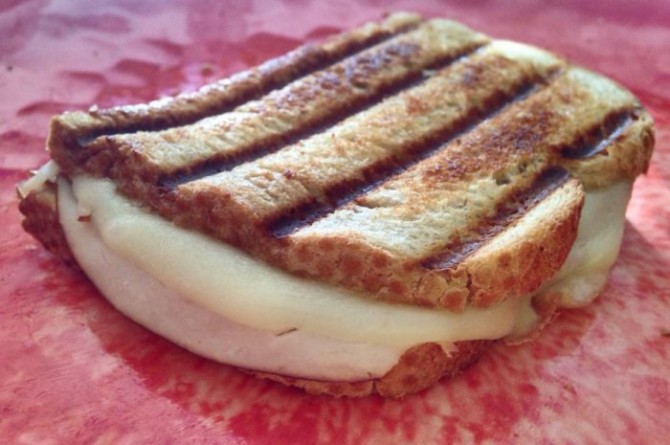
Photo courtesy of thedailymeal.com


